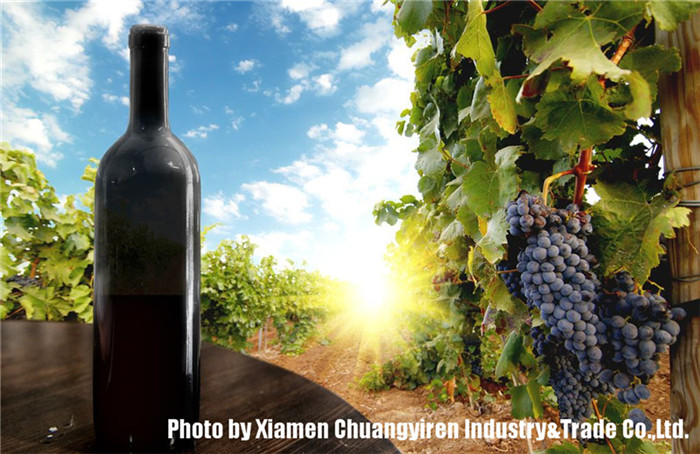Wine Classification
2014/6/23 view:
Wine is probably the most widespread and historically significant beverage starting from ancient times. Wine is the drink of kings, just as it is the beverage of choice for ordinary people. Wine has played a major role in the rise and fall of countless individuals, nations and even civilizations. History of wine is very long, interesting and intricate at the same time; nevertheless, classification of wine is no less capturing and complicated as its history.
Types of wines are normally classified by vinification method, by taste, by vintage, by wine style, and / or by quality. Vinification refers to how the wine is made. Vinification wine classification refers to three major categories: table wines, sparkling wines, and fortified wines. Types of wine can also be classified by taste. Table wines, for instance, are classified by character as dry (not sweet), semidry, semisweet; sweet wines are classified as dessert wines.
Apart from palate, types of wines can also be distinguished by sugar and alcohol percentage. Dry wines contain 2-3% of sugar and about 10% of alcohol – such wines are the lightest. Semisweet wines have sugar - 5-6% and alcohol 13-14%, while semidry wines are a little bit sweeter than semisweet ones. Dessert, or sweet wines contain the highest percentage of sugar and alcohols than other types of wine – about 14-16%, and 16% of alcohol. Table wines are also further classified by color, as red, white, or ros (pink). In addition to this wine classification, wines may also be classified according to specific flavors, types of grape they are made of and origins where this grape grew.
Table wines, also called still or natural wines, are consumed mostly with food, they tend to compliment the meal. White dry wine is usually served with seafood, fish, cheese, or nuts. Red dry wine is served with meals of meat and vegetables that are roasted, stewed, smoked, etc. Fortified or dessert types of wine, such as sherry or vermouth, are most commonly drunk before or after meals and are served with various cakes, pastry, chocolate, fruits, etc. Fortified wines are also frequently used in cooking. Concerning sparkling wines, for example champagne, is distinguishable by its effervescence and is drunk for the most part on festive occasions such as weddings, birthdays, and during the holidays.
Wines are usually named either by their grape variety or by their place of production. Generally speaking, European wines are named both after the place of production (e.g. Bordeaux, Rioja, Chianti, Cotnari) and the grapes used (e.g. Pinot, Riesling, Chardonnay, Merlot). Wines from everywhere except Europe are generally named for the grape variety. Whether you prefer vintage wine or not, and whatever the classification of wine you like, wine is a ideal gift for any special occasion, especially when it is served in a quality and unique metal wine bottle holder that you can easily find at Xiamen Chuangyiren.
- Pre:China Import and Export Fair i 2014/9/24
- Next:Wine Holder Product 2014/4/18

